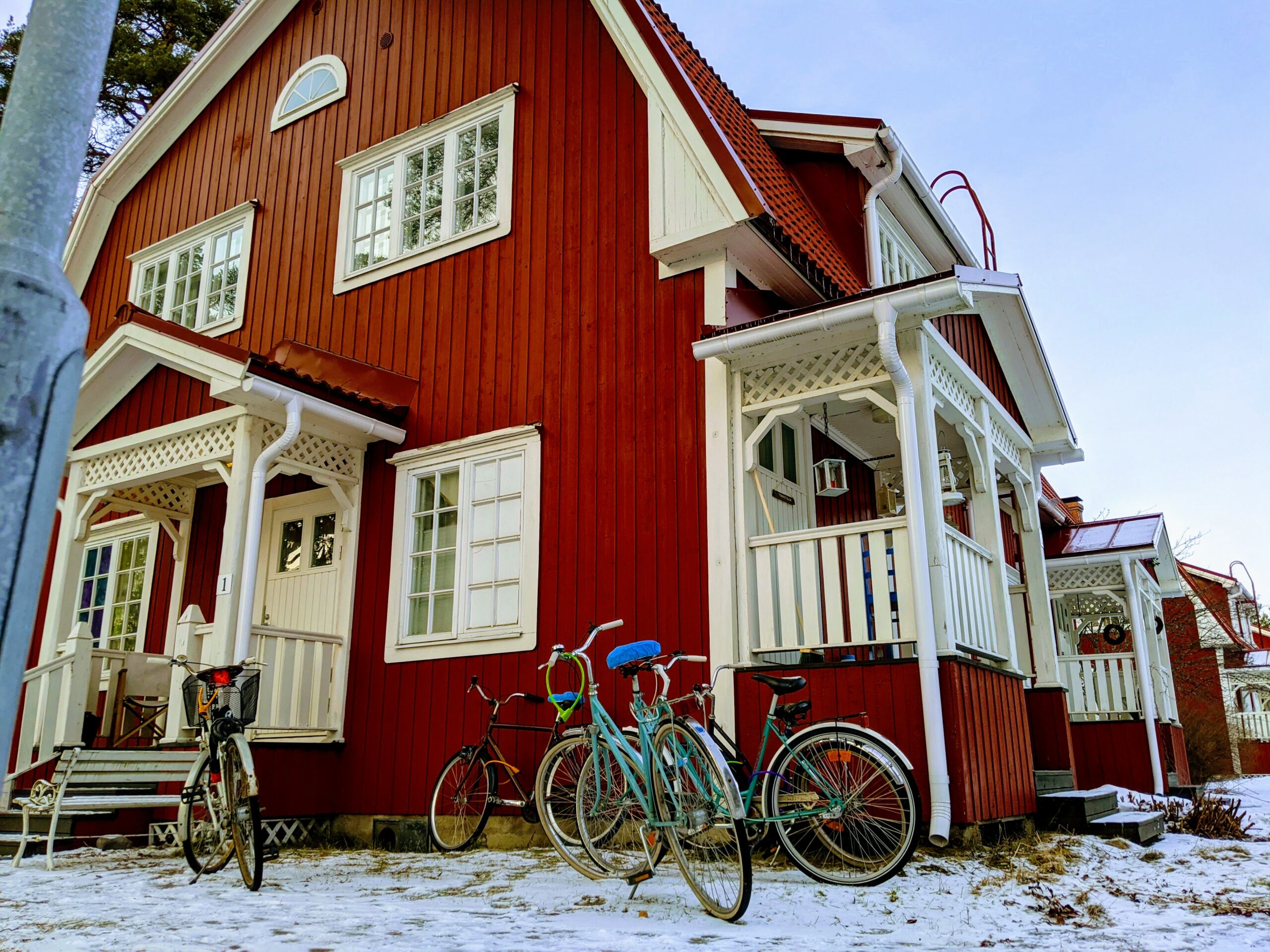Tag: winnipeg
-
What I Learned About Cycling Infrastructure in Finland

I sometime describe myself as “an aspiring cyclist.” I enjoy cycling a lot and recognize all its environmental and health benefits, but unfortunately like most Canadian parents my day-to-day is not very conducive to a cycling-based lifestyle. In Winnipeg, as is the case in most North American cities, the built environment abandoned the bicycle sometime…
-
The Portage & Main Debate
Debate surrounding the referendum to reopen the Portage & Main intersection to pedestrians has been dominating my social media so much so that I feel compelled to comment. My feeds are filled entirely with #VoteOpenWPG proponent and in my humble opinion they could be doing a much better job. I’m not even strongly opposed to…
-
Winnipeg’s Mayoral Candidate “Judy” Needs A Web Presence
Judy Wasylycia-Leis, Winnipeg’s only official mayoral candidate announced her candidacy 1/2 an hour ago. At the time of writing, neither her official website or facebook fan page have been updated. Fail.